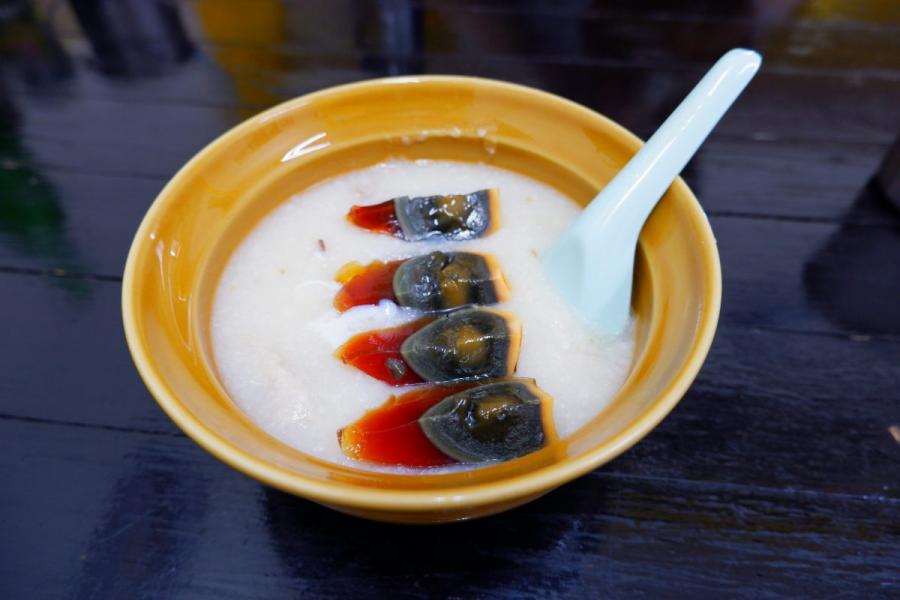Cantonese style cuisine
Canton style cuisine is varied and cosmopolitan.
Characterized by gentle spices, fresh ingredients and slow, careful preparation it may not seem to be the best choice for a restaurant. Yet, Cantonese retains its status as a favorite of millions. Originating from the Guangdong province in China, this style of cooking provides a menu that contains something for everyone.
Since Canton, now called Guangzhou, is a port city on the coast of China one might expect seafood to be a prominent part of that menu. And so it is. Live fish and other seafood will often be maintained in a tank until it's time for cooking.
Since the food is so fresh it isn't necessary to have heavy spices that overwhelm the taste. Whether the dish is based on shark's fin or whole fish you can depend on a Cantonese dish providing something that is not far away from still moving.
Stir-frying is a popular technique, but steaming and roasting play an equal role. Roasted meats are a favorite with street vendors, but even they keep it fresh by having continual sales. Barbecued meats may be part of the offerings, but when they are the sauces are light.
The sauce that highlights a Cantonese dish may be something as simple and delicious as hoisin. This thick, brown liquid may be dense but the taste is not overwhelming. Made from soy, garlic and chili peppers it provides just the right hint to a roasted chicken.
Many other spices can be found on the Cantonese chef's shelf. Ginger, spring onion and sesame oil are ever present. Five-spice powder is de rigueur in any Cantonese kitchen. A blend of the traditional five Chinese flavors - sweet, sour, bitter, savory and salty - it can be made from Tung Hing (a type of cassia), anise, ginger root and cloves. But, in all Cantonese dishes it is used sparingly.
Cantonese cooking is not all meats, spiced or otherwise. Congee, a type of rice porridge, is a traditional offering, particularly for breakfast. Unlike its Western counterpart, white rice used for congee is boiled until it is practically a thickened soup. The rice is nearly unrecognizable as individual grains. It is often combined with seasoned duck eggs or century eggs, made from quail or other fowl, preserved for weeks or months in lime and ash.
Slow-cooked soup is another traditional Cantonese dish that takes a long time to prepare though, fortunately, not quite so long as century eggs. In one variation a whole chicken may be simmered in a pot with water all night. The result is then lightly seasoned and served warm.
Last, but very far from least, we owe to the Cantonese the traditional dim sum. A combination of foods, such as dumplings, which are often stuffed with meat and sweetened with sauce, no trip to a Cantonese restaurant is complete without ordering at least one serving for the whole table.
Some critics will complain that Cantonese cooking is bland. Don't you believe it. Subtle, fresh and light are often just what is called for. Try it and see for yourself.
Beyond the Cantonese style
Cantonese style cuisine makes an emphasis in the freshness of the ingredients and the contrast of flavors and textures. Being so fresh, the food does not need heavy spices to taste great.
There is much more to explore about Chinese food and recipes. Cantonese cuisine is one of the four wide styles in Chinese cuisine.

